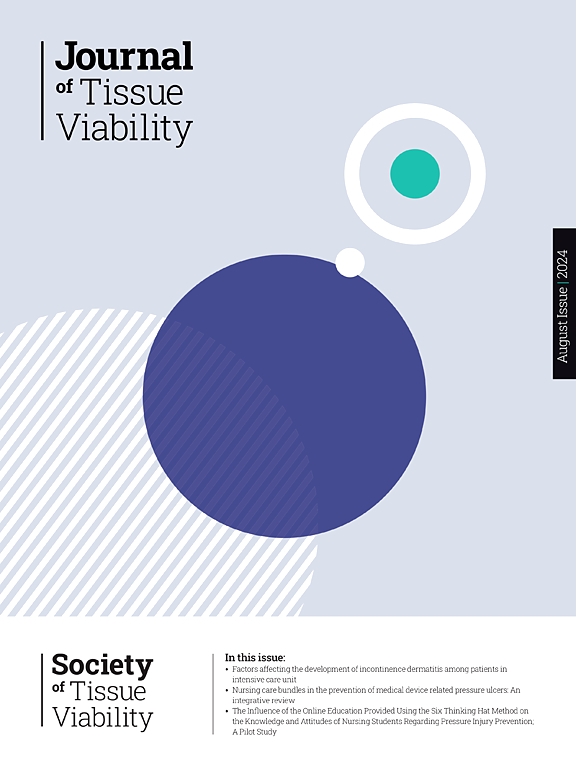A systematic review and meta-analysis to investigate the effectiveness of exosome for diabetic wounds
IF 2.4
3区 医学
Q2 DERMATOLOGY
引用次数: 0
Abstract
Aim
Exosomes, small endosome-derived membrane vesicles, have shown significant potential as wound healing therapies. However, translating experimental research into commercially available treatments remains a challenge.
Objectives
This systematic review and meta-analysis provide a comprehensive evaluation of the current research on exosome-based wound healing therapies.
Materials and methods
A systematic search of PubMed and Google Scholar was conducted to identify full-text articles published between 2010 and February 2024 on mammalian-derived exosomes in wound healing. Of 138 identified studies, 19 met the inclusion criteria for meta-analysis.
Results
Exosome-based therapies were found to enhance wound healing by promoting angiogenesis, re-epithelialization, and collagen deposition while reducing scar formation. However, research in this area is highly variable, with differences in cell sources, biomaterials, and delivery methods.
Conclusions
Further comparative studies are needed to optimize cellular sources, delivery systems, and biomaterials. The reliance on rodent models remains a limitation, as progress toward large-scale testing and more advanced in vivo models has been slow. Addressing these challenges is crucial for the clinical translation of exosome-based therapies into scalable, commercially viable wound healing treatments.
研究外泌体治疗糖尿病伤口疗效的系统综述和荟萃分析
aimexosome,小的内体衍生的膜泡,在伤口愈合治疗中显示出巨大的潜力。然而,将实验研究转化为商业上可用的治疗方法仍然是一个挑战。目的本系统综述和荟萃分析对目前基于外泌体的伤口愈合疗法的研究进行了全面评价。材料和方法系统检索PubMed和b谷歌Scholar,以确定2010年至2024年2月间发表的关于哺乳动物来源的外泌体在伤口愈合中的全文。在138项确定的研究中,有19项符合meta分析的纳入标准。结果发现,以体为基础的治疗通过促进血管生成、再上皮化和胶原沉积来促进伤口愈合,同时减少疤痕形成。然而,这一领域的研究变化很大,在细胞来源、生物材料和递送方法上存在差异。结论需要进一步的比较研究来优化细胞来源、传递系统和生物材料。对啮齿动物模型的依赖仍然是一个限制,因为大规模测试和更先进的体内模型的进展缓慢。解决这些挑战对于将基于外泌体的疗法转化为可扩展的、商业上可行的伤口愈合疗法至关重要。
本文章由计算机程序翻译,如有差异,请以英文原文为准。
求助全文
约1分钟内获得全文
求助全文
来源期刊

Journal of tissue viability
DERMATOLOGY-NURSING
CiteScore
3.80
自引率
16.00%
发文量
110
审稿时长
>12 weeks
期刊介绍:
The Journal of Tissue Viability is the official publication of the Tissue Viability Society and is a quarterly journal concerned with all aspects of the occurrence and treatment of wounds, ulcers and pressure sores including patient care, pain, nutrition, wound healing, research, prevention, mobility, social problems and management.
The Journal particularly encourages papers covering skin and skin wounds but will consider articles that discuss injury in any tissue. Articles that stress the multi-professional nature of tissue viability are especially welcome. We seek to encourage new authors as well as well-established contributors to the field - one aim of the journal is to enable all participants in tissue viability to share information with colleagues.
 求助内容:
求助内容: 应助结果提醒方式:
应助结果提醒方式:


